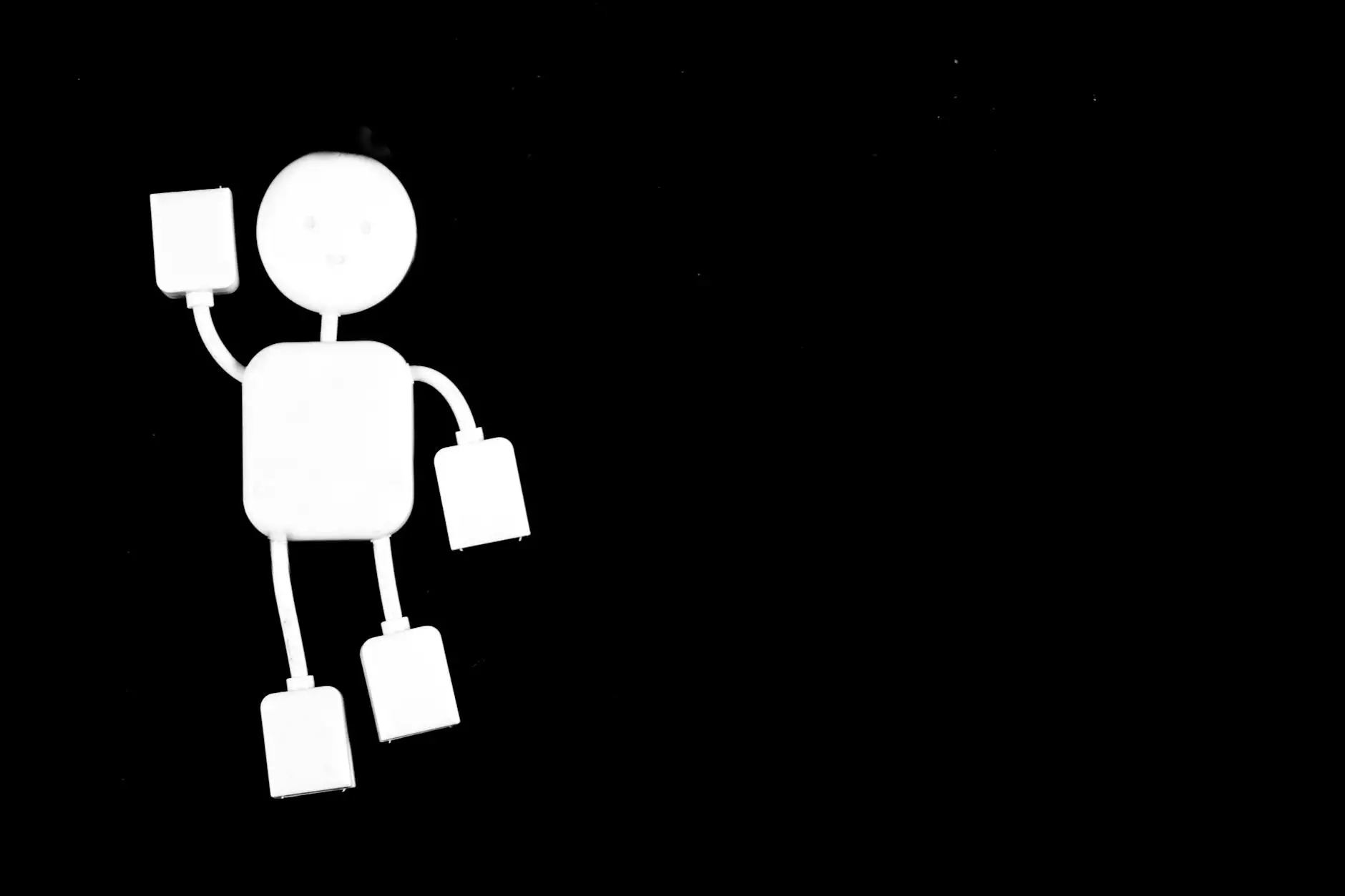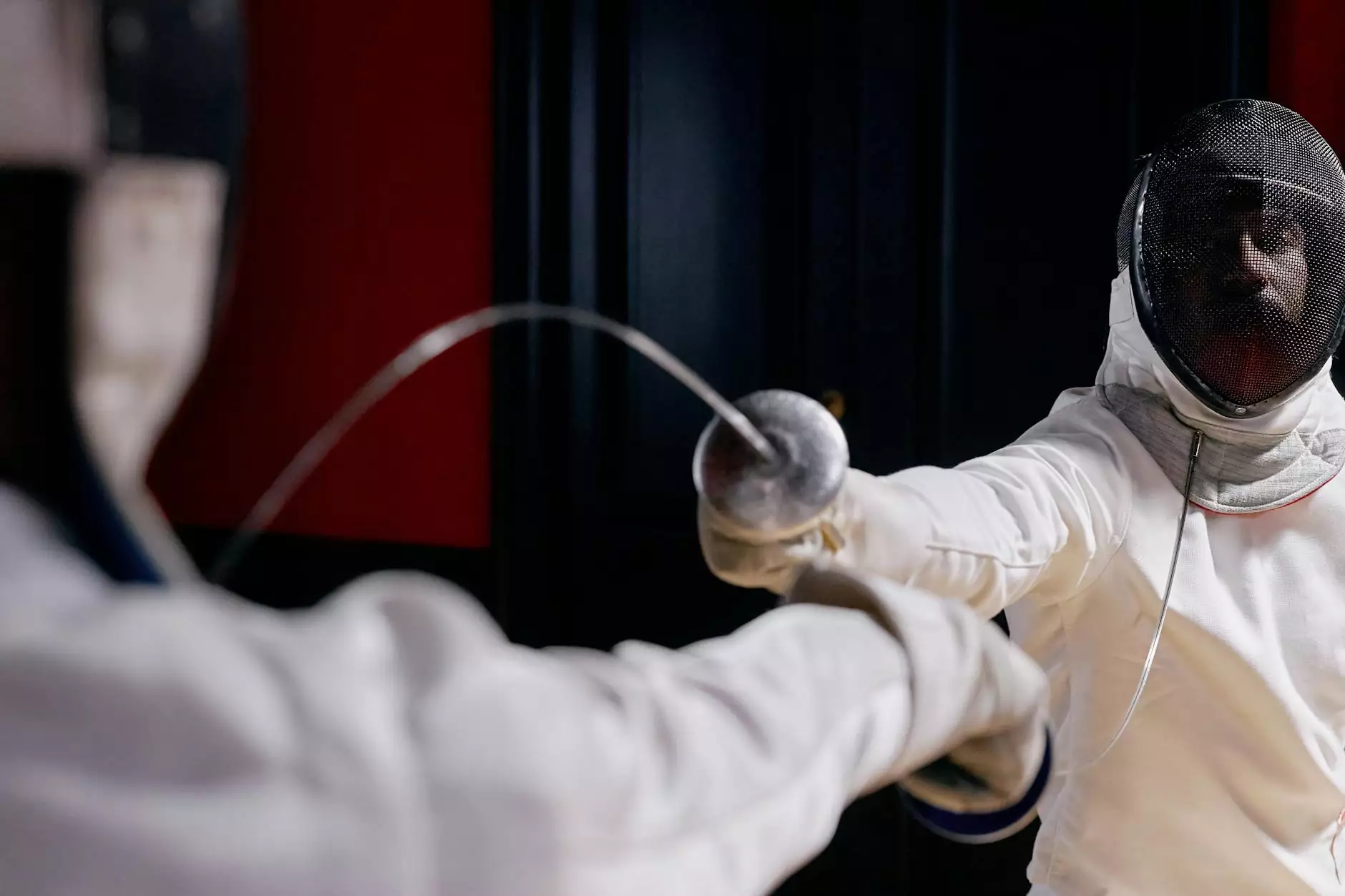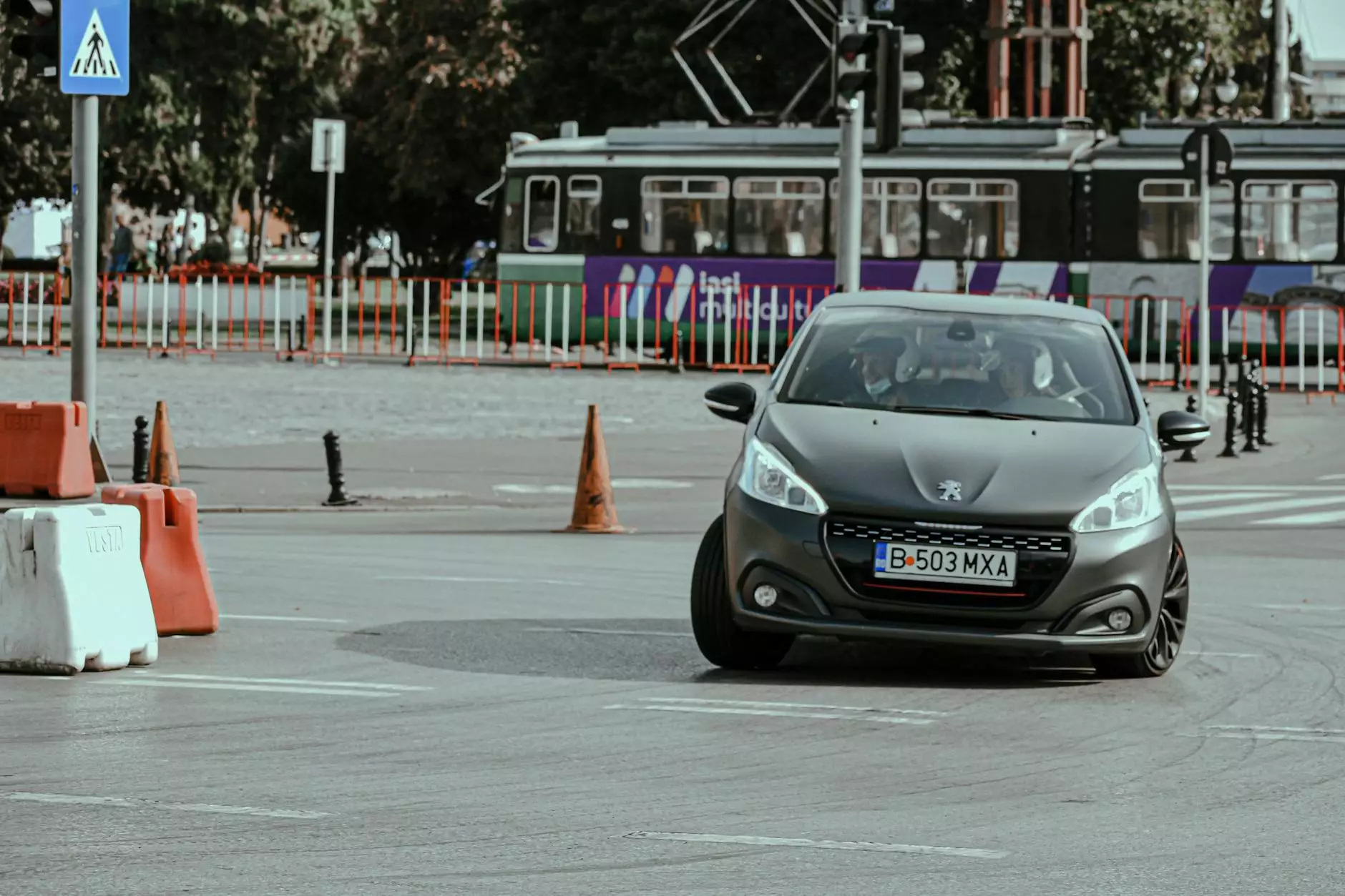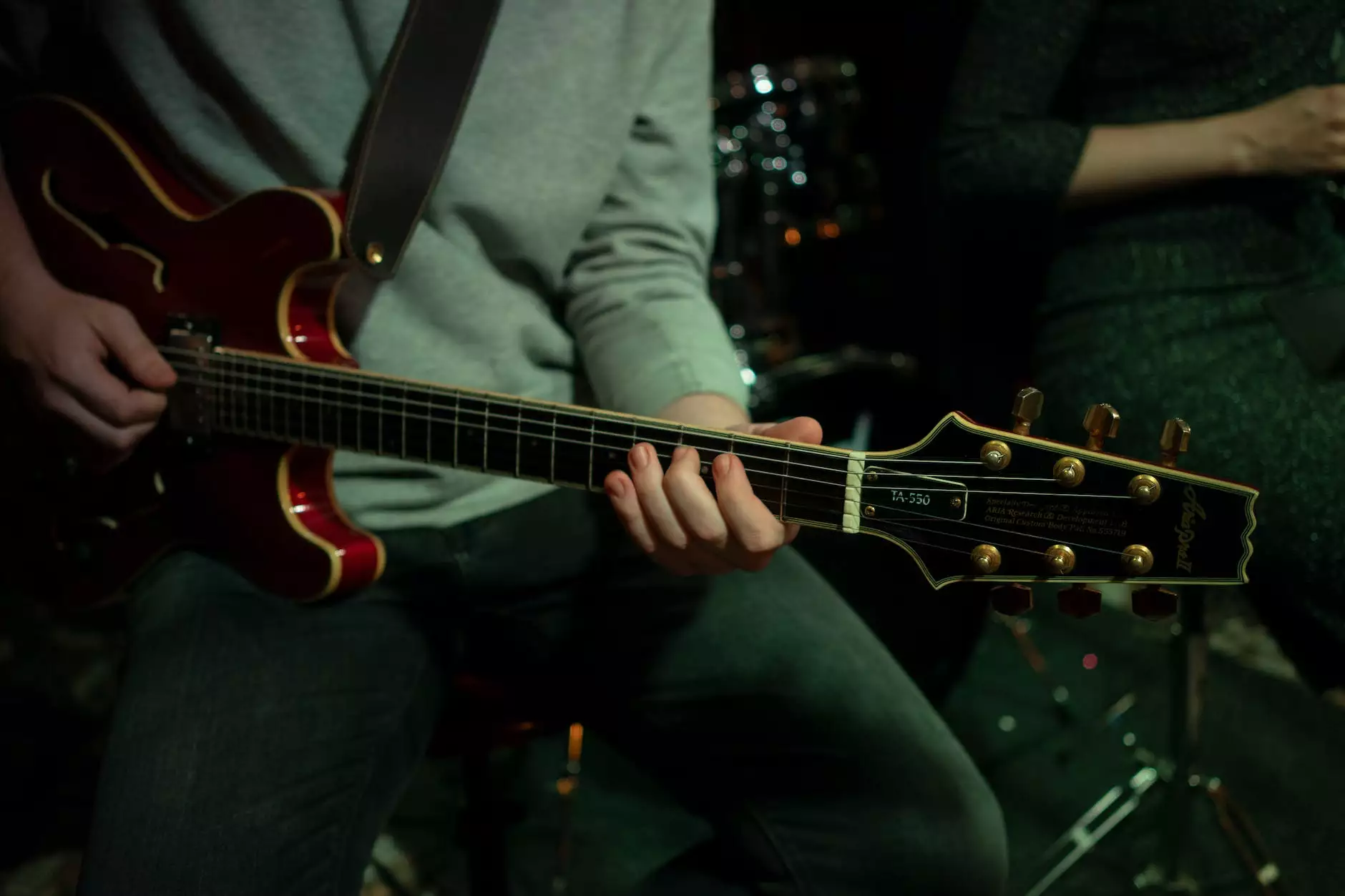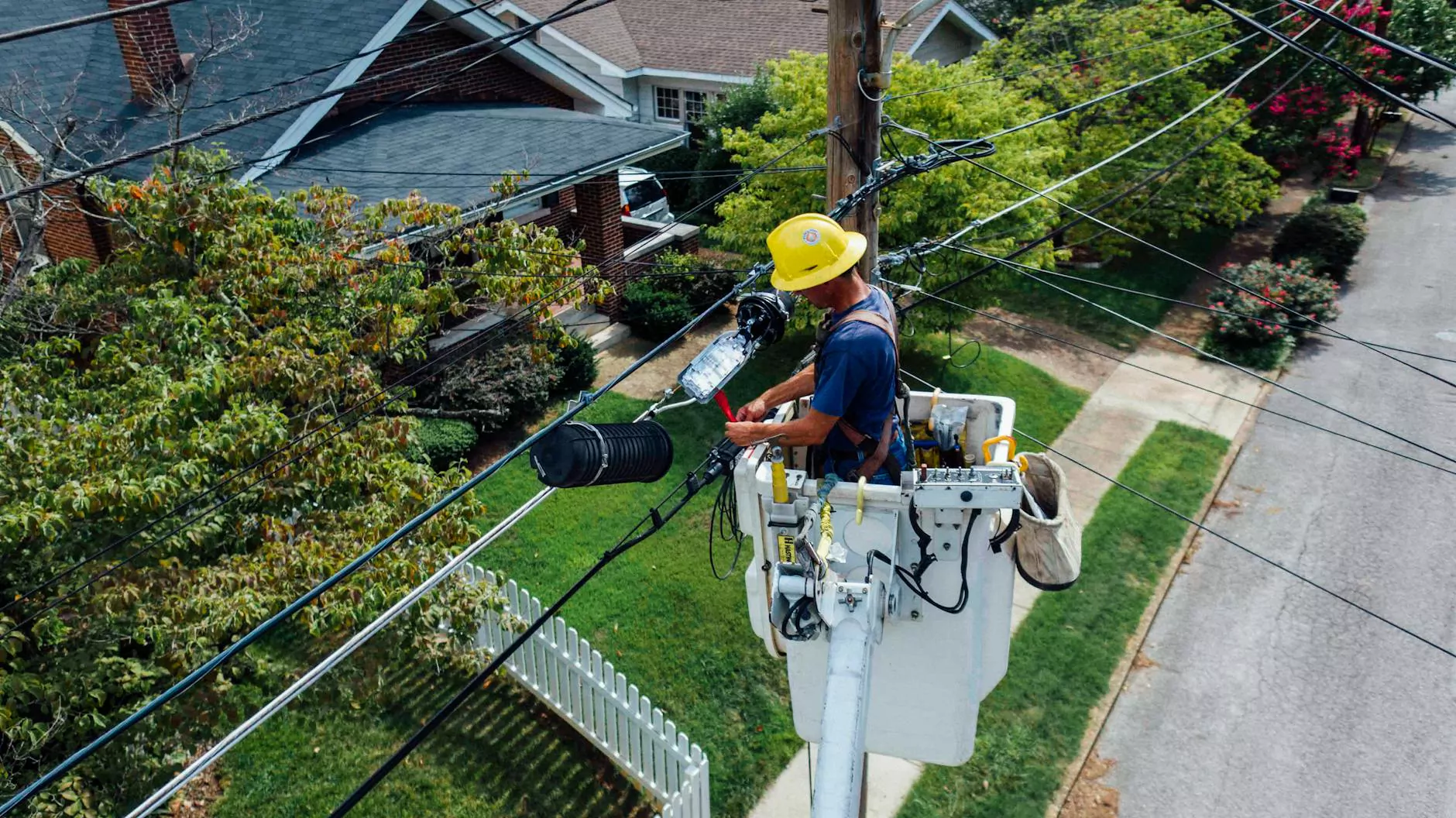Postnatal Pilates for Diastasis Recti: A Comprehensive Guide
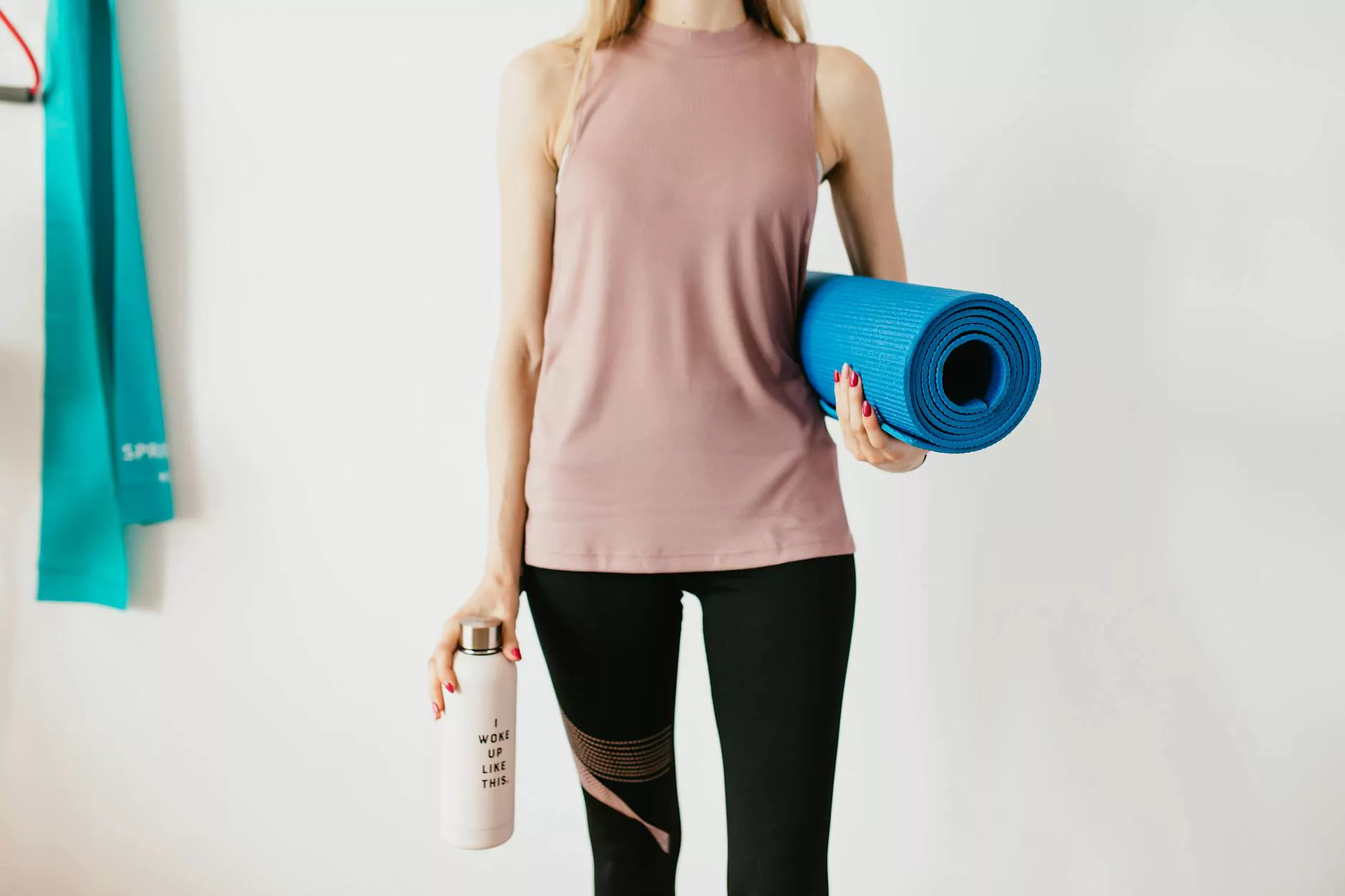
Understanding Diastasis Recti
Diastasis recti, often described as the separation of the abdominal muscles, commonly affects women after childbirth. This condition can lead to physical discomfort, muscle weakness, and changes in posture. Understanding this condition is crucial for postnatal recovery, and Pilates offers a pathway to effective rehabilitation.
The Importance of Postnatal Care
After giving birth, a woman's body undergoes numerous changes. The transition can be overwhelming, highlighting the need for suitable postnatal care. Postnatal Pilates not only aids recovery from diastasis recti but also enhances overall health and well-being.
Why Choose Pilates?
- Core Strengthening: Pilates emphasizes controlled movements, which help in strengthening core muscles.
- Improved Posture: Enhancing postural alignment can alleviate back pain and discomfort.
- Injury Prevention: Integrating safe practices minimizes the risk of further injury.
Benefits of Postnatal Pilates for Diastasis Recti
Engaging in postnatal Pilates can significantly help with diastasis recti recovery. Some key benefits include:
- Promotes Healing: Gentle movements stimulate healing in the abdominal area.
- Restores Functionality: Gradual strengthening restores abdominal function and stability.
- Enhances Body Awareness: Pilates teaches body awareness, crucial for overall physical health.
Essential Exercises for Diastasis Recti Recovery
The journey to recovery involves specific Pilates exercises that safely target the abdominal area. Here are some recommended exercises:
1. Pelvic Tilts
This exercise is foundational in re-establishing connection with the core muscles. To perform it:
- Lie on your back with knees bent and feet flat on the floor.
- Inhale deeply, then exhale while gently tilting your pelvis upward.
- Hold for a few seconds before returning to the neutral position.
2. Knee Folds
Knee folds promote lumbar stability and engage your deep core muscles. Here’s how to do it:
- Start in the same position as before, knees bent.
- Inhale to prepare, then exhale as you lift one foot off the floor, bringing your knee towards your chest.
- Return to starting position and repeat with the opposite leg.
3. Modified Crunch
Unlike traditional crunches, this modified version minimizes strain on the abdominal wall:
- Lie on your back with knees bent and feet flat.
- Exhale as you engage your core, lifting your head and shoulders slightly off the floor.
- Inhale as you lower back down.
Creating a Routine
Consistency is key for effective recovery. Here’s how to create a sustainable Pilates routine postnatally:
- Set Realistic Goals: Aim for gradual progress rather than immediate results.
- Schedule Regular Sessions: Consistency allows your body to adapt and strengthen.
- Listen to Your Body: Be attentive to any discomfort, adjusting exercises as needed.
Expert Tips for Success
Incorporating expert advice can greatly enhance your Pilates experience:
- Consult with a Professional: A physical therapist or qualified Pilates instructor can tailor exercises to your needs.
- Stay Hydrated: Proper hydration supports overall health during recovery.
- Focus on Nutrition: A balanced diet aids healing and recovery post-pregnancy.
Monitoring Your Progress
Tracking recovery progress is important to stay motivated and ensure effectiveness. Consider the following:
- Take Measurements: Measure the gap between your abdominal muscles regularly.
- Journal Your Experience: Document which exercises feel right and which are challenging.
- Celebrate Small Wins: Recognize achievements, no matter how small.
Additional Resources and Support
Utilizing online resources can provide guidance and community support. Some valuable resources include:
- Online Pilates Classes: Platforms like YouTube offer free classes specifically targeting postnatal recovery.
- Support Groups: Join online forums or local groups for emotional and practical support.
- Books and Guides: Look for literature focusing on postnatal health and diastasis recti recovery.
Conclusion
In conclusion, postnatal Pilates for diastasis recti offers not only a pathway to physical recovery but also empowers women to reclaim their strength and confidence after childbirth. By integrating gentle exercises and professional guidance, you can embark on a fulfilling journey of healing. Remember, every small step contributes to a healthier, active lifestyle, free from the burdens of diastasis recti.
Contact Hello Physio
If you are seeking expert guidance and personalized support for your postnatal recovery journey, visit Hello Physio at hellophysio.sg. Our experienced team is dedicated to helping you achieve your health and wellness goals.
postnatal pilates diastasis recti
